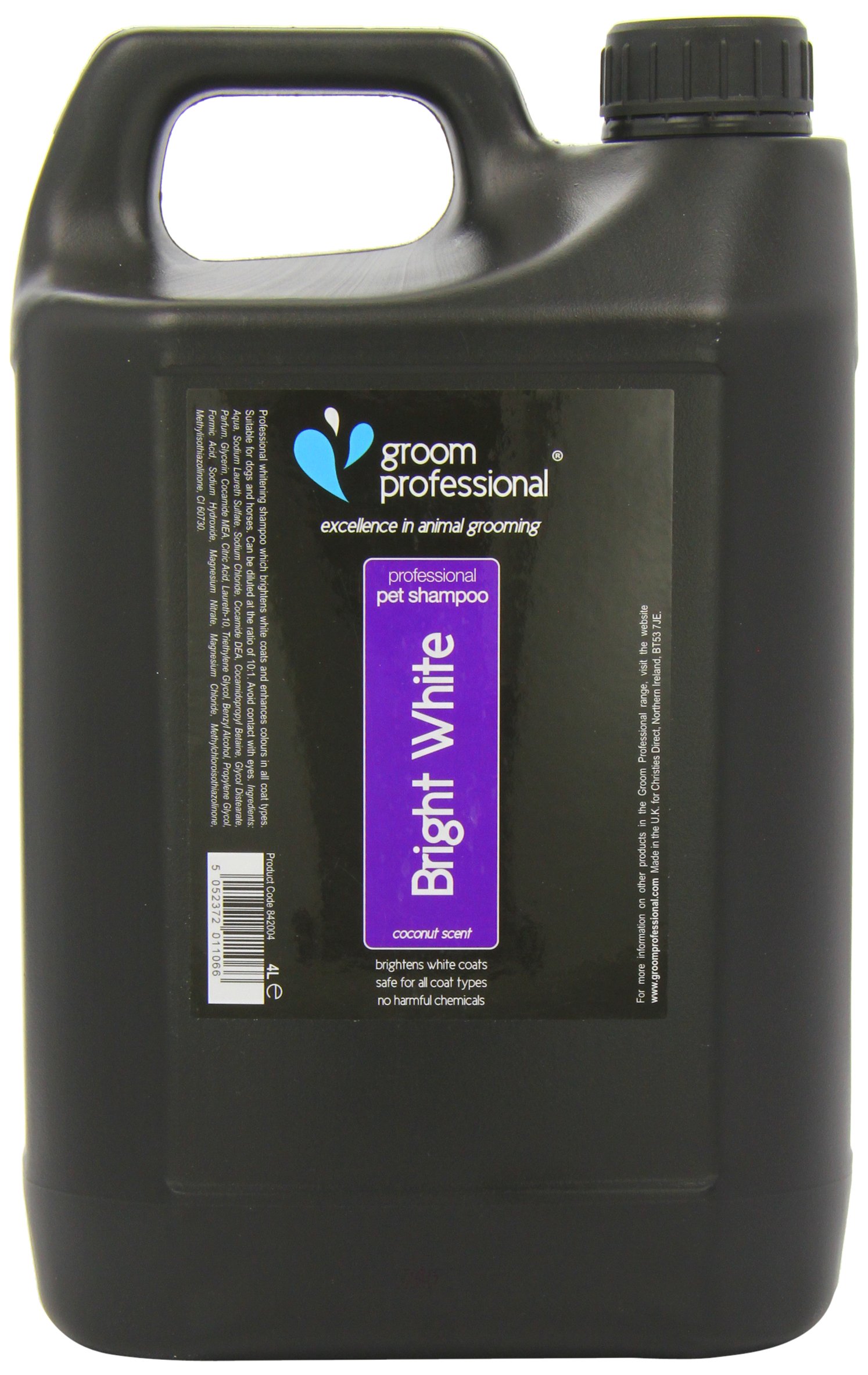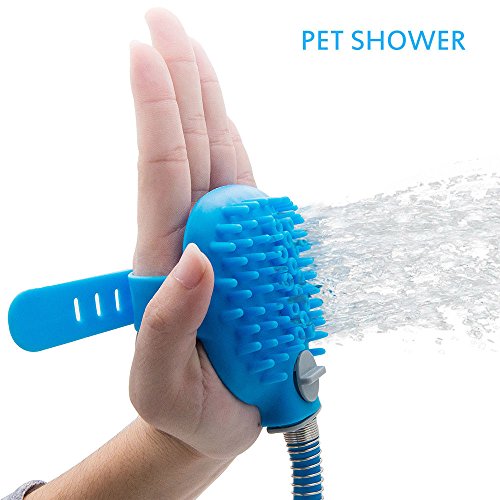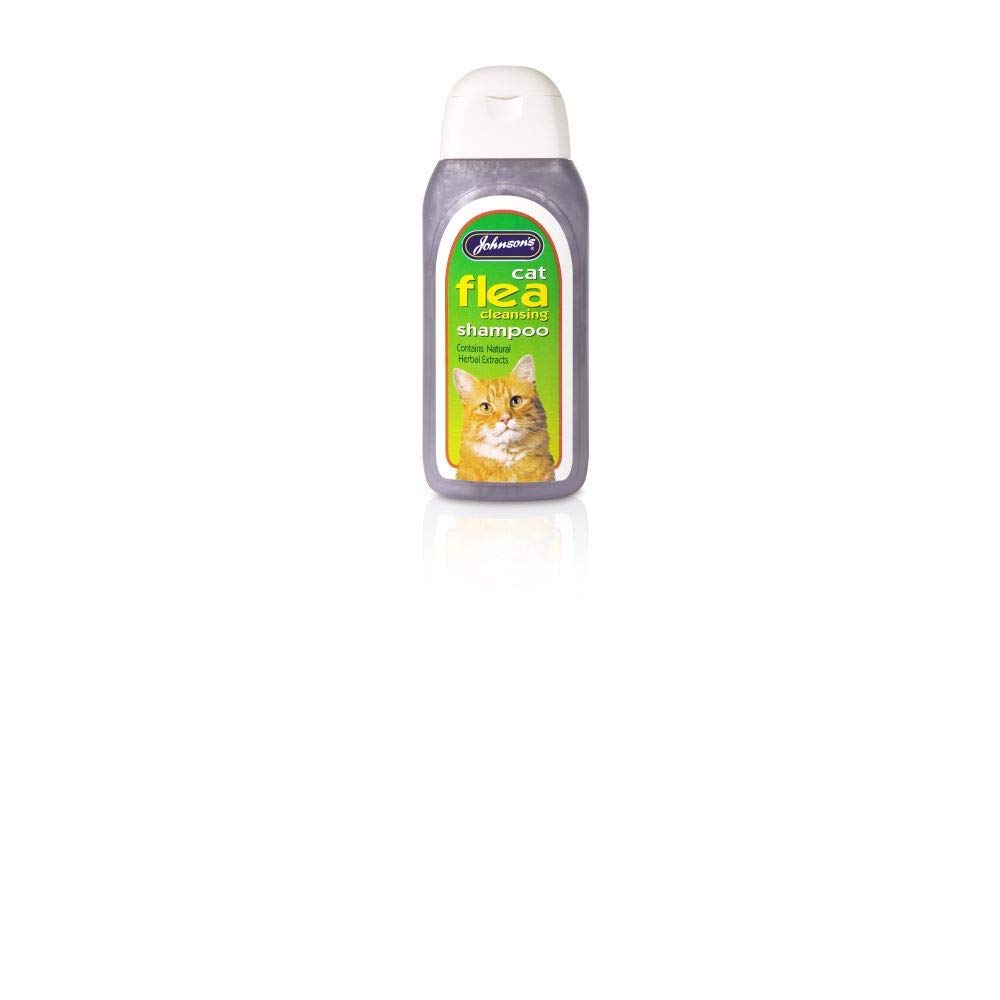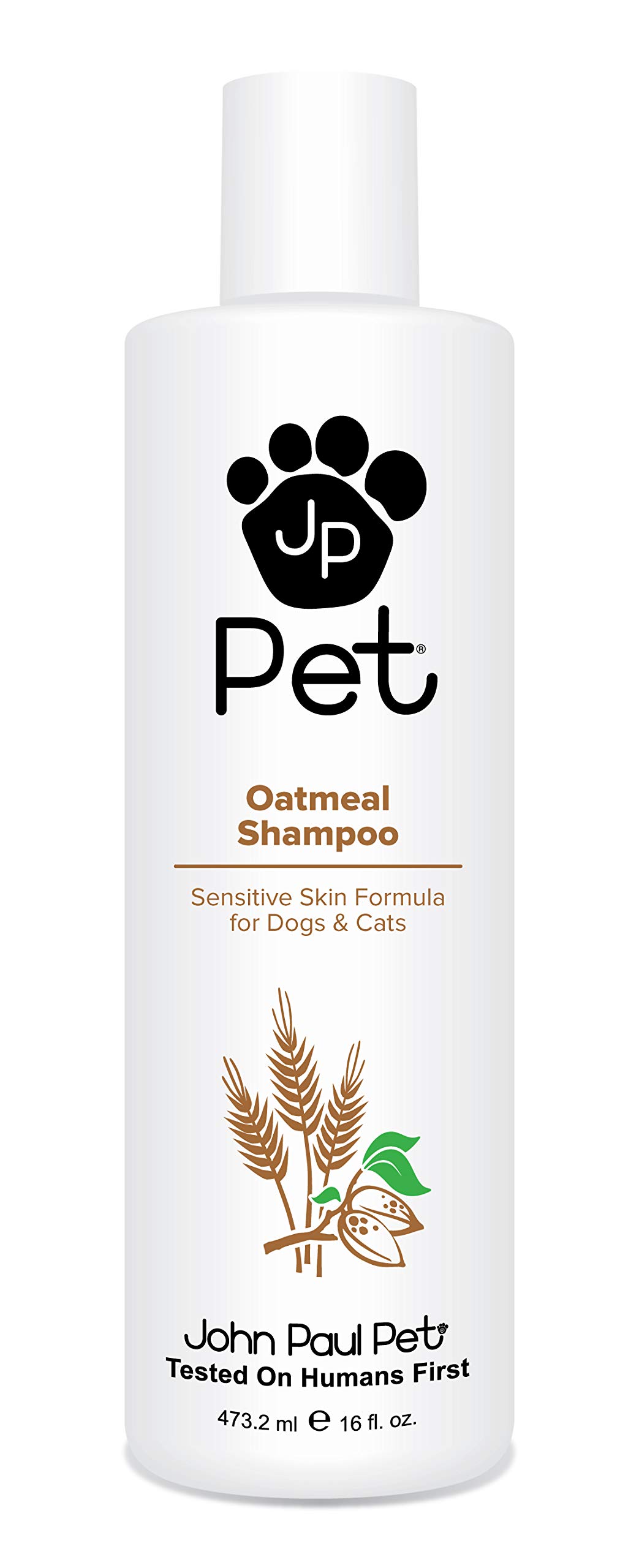
Bathing, skin care and foot care for your dog
As part of the dog grooming section of Dogs.co.uk, this guide goes over the basics of bathing your dog, examining him or her for any problems, and caring for his or her skin and feet. Being familiar with these healthcare practices can help you to care for your dog. This guide should be read in conjunction with the dog dental care guide, and the dog grooming guide.
Bestselling Shampoos for Dogs
Bathing your dog
Dogs do not always require very frequent bathing, and in some breeds frequent bathing can dry the natural oils contained in canine skin. This can lead the dog to become itchy, and scratch their coat. Eventually, bacteria can infect sore spots. For dogs that are bathed over once a month, some shampoos and coat conditioners may help to maintain their natural oils and skin health. When you come to bathe your dog, you should clear any tangles or mats from his or her coat. From an early age, you should teach your dog how to stand in the bath. You should soak your dog to the skin before rinsing, but be sure to keep water and soap out of his or her ears and eyes. Many owners also dry their dog to prevent him or her becoming cold.
Buy Dog Bathing Products
Examining your dog
You should try to examine your dog on an almost daily basis. This should include a thorough check to make sure he or she has no cuts, sores, paw problems such as thorns, mats in his or her coat, fleas, rashes, lumps and bumps, or ticks. Check your dog's feet, ears, teeth and feel for any sore spots.
Checking your dog's skin
Healthy skin is the indicator of a healthy, well-groomed dog. If your dog has a decent diet, enjoys sufficient exercise, has energy and seems to enjoy life, then it is thoroughly likely that his or her skin will be healthy. If your dog has a low energy level, or his or her coat seems dull or skin seems itchy or dry, then it could be worth a visit to the vet to discuss what adjustments should be made.
Skin problems are fairly common amongst dogs, so be aware of allergies or fleas that may arise on your dog's skin. Keeping an accurate check on your dog is a sensible idea both for his or her comfort and also for your wallet: antibiotics for skin infections can prove very expensive. Skin problems can arise very quickly, so keep a constant eye on any irritation. Fleas can be particularly irritating. You should check for fleas on your dog by using a fine-toothed comb, and remember to treat the house as well if you treat for fleas.
Buy Dog Skin Care Products
Ear care for your dog
Another part of your dog that you should check periodically is their ears. Many breeds, particularly those with ears that droop rather than prick up, are susceptible to fungal infections and other bacteria. You should check your dog's ears on a weekly basis. For dogs that have damp ears and are prone to infection, vets should be able to prescribe a cleaning agent for your dog. Infections of the ear among dogs can also become more complicated, as well as leaving your dog very uncomfortable.
Buy Dog Ear Care Products
Foot care for your dog
Dogs should have toenails clipped once every two or three weeks, and it is important to teach your dog to stand still while he or she is being clipped. Offering his or her paw is another nice touch, and many dogs can be trained to do this surprisingly easily.
Be careful when you are trimming your dog's nails not to 'cut to the quick'. This refers to the darker-coloured nail that has both nerves and a blood supply. As well as causing bleeding, your dog may also react extremely badly as it is thought to be very painful. When you are trimming your dog's nails, examine his or her feet closely and make sure the pads have no sore spots.
In the wild, dogs usually groom each other, so a natural grooming relationship should flower quickly between you and your dog. Grooming can be a good bonding experience, as well as being invaluable for keeping your dog healthy.
Buy Dog Foot Care Products











































